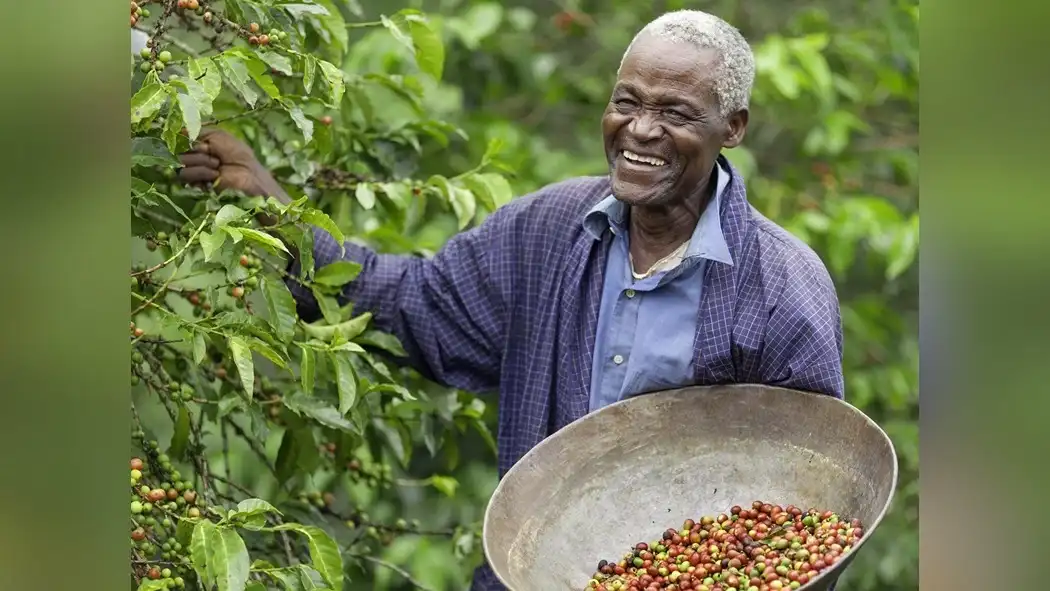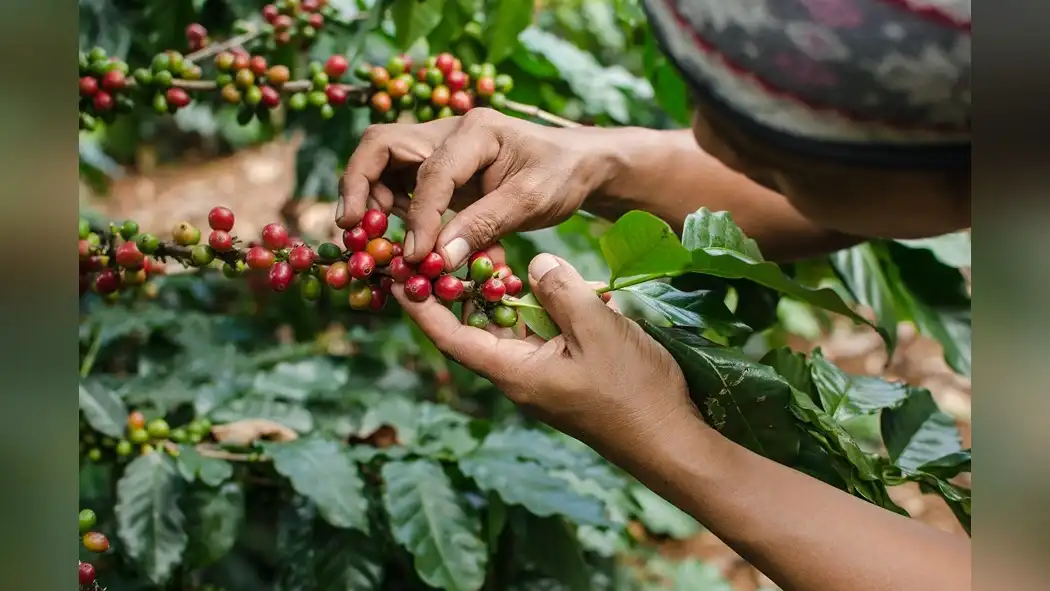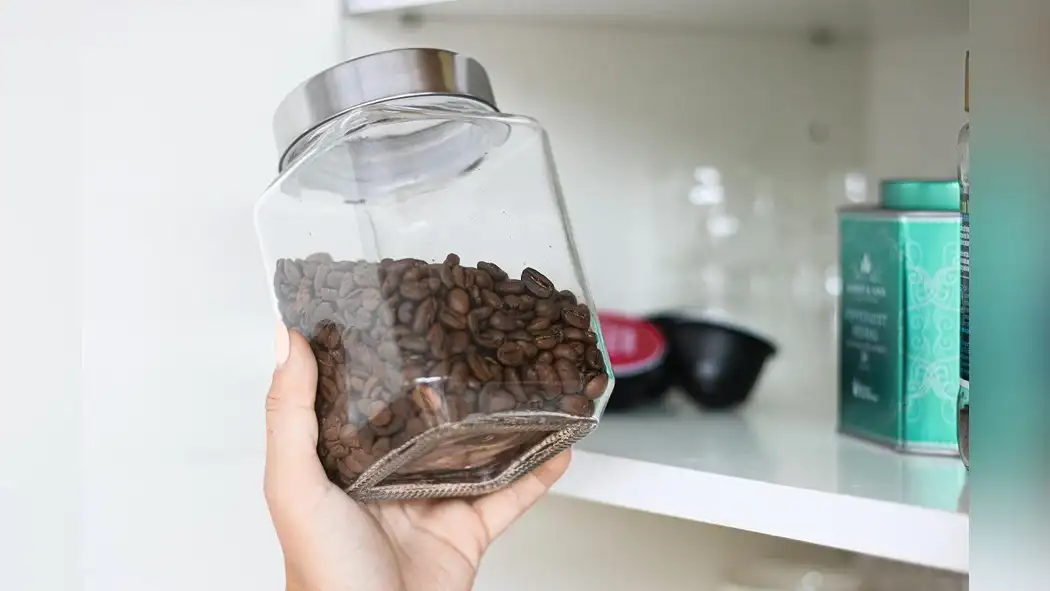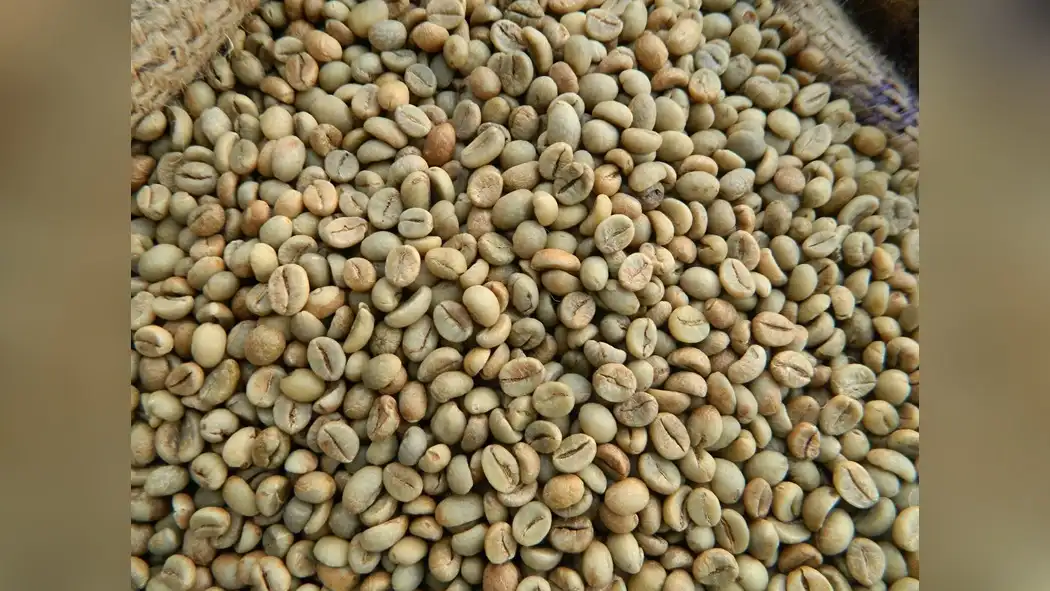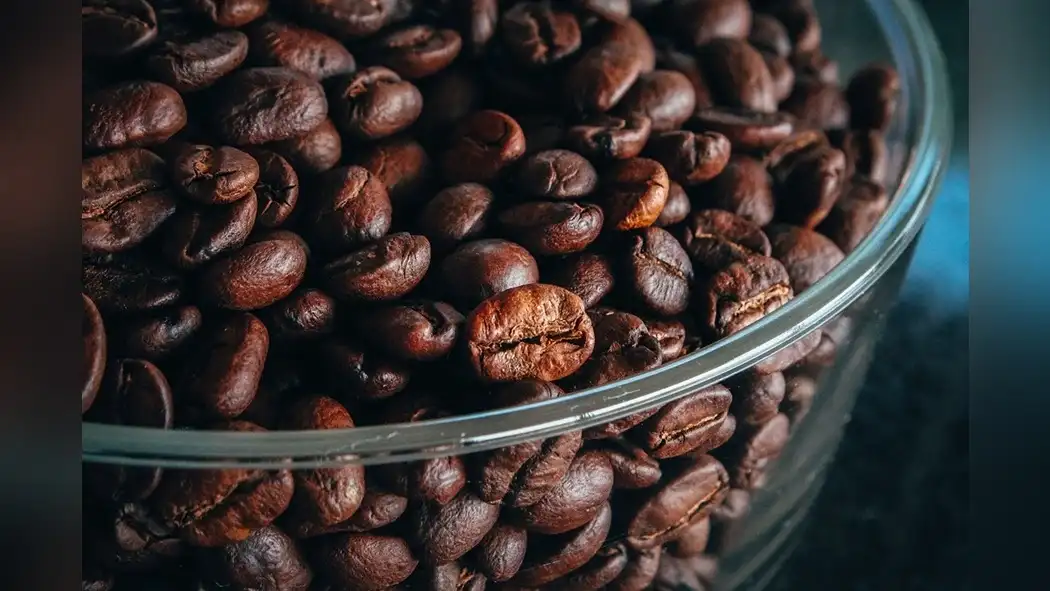Hey there! Ever wondered how to make your robusta coffee production more sustainable? Look no further!
Eco-friendly practices are the key to achieving this goal. By implementing techniques like soil management, water conservation, biodiversity preservation, integrated pest management, and waste reduction, you can enhance the quality of your coffee while minimizing the environmental impact.
These practices not only benefit the planet but also contribute to the long-term success of your coffee production. So, let's dive into the world of eco-friendly practices for sustainable robusta coffee production and discover the positive impact they can have on both your business and the environment.
Soil Management
To maintain healthy soil for robusta coffee production, you should regularly test and amend the soil's nutrient levels based on the specific requirements of the coffee plants. Nutrient enrichment is crucial for the robust growth of coffee plants. Conduct soil tests to determine the existing nutrient levels and then supplement the soil with appropriate fertilizers to ensure it has the necessary nutrients. This will promote the overall health and productivity of the coffee plants.
Erosion prevention is also essential in soil management for robusta coffee production. Implementing measures such as contour plowing, planting cover crops, and using mulch can help prevent erosion and maintain the integrity of the soil structure. Erosion can deplete the soil of essential nutrients and affect the overall health of the coffee plants. By taking steps to prevent erosion, you can ensure that the soil remains fertile and suitable for robusta coffee cultivation.
Water Conservation
You need to manage water efficiently to sustain robusta coffee production, ensuring the plants receive adequate moisture while minimizing wastage. Here are some practical methods to help you conserve water effectively:
- Rainwater harvesting: By collecting rainwater, you can utilize a natural water resource to supplement irrigation needs. This method reduces reliance on groundwater and decreases the demand on local water sources.
- Drip irrigation: Implementing a drip irrigation system allows you to deliver water directly to the roots of the coffee plants, minimizing evaporation and runoff. This targeted approach ensures that water is utilized effectively, promoting plant growth while conserving resources.
- Soil moisture monitoring: Regularly assess soil moisture levels to avoid overwatering. Using moisture sensors or simple observation techniques can help you adjust irrigation practices according to the specific needs of the coffee plants.
- Mulching: Applying mulch around the base of the coffee plants helps retain soil moisture, reducing the frequency of irrigation. Additionally, mulch acts as a barrier against evaporation, promoting water conservation within the soil.
Biodiversity Preservation
Implement biodiversity-friendly practices to support the growth of diverse plant and animal species within your robusta coffee production, fostering a balanced ecosystem for sustainable farming. By incorporating agroforestry techniques and creating wildlife habitats, you can enhance biodiversity while maintaining a productive coffee crop. Agroforestry integrates trees and shrubs into the coffee plantation, providing shade and shelter for various species. This technique not only promotes biodiversity but also improves soil health and moisture retention. Additionally, establishing ecological corridors within the farm allows for the movement of wildlife, contributing to the preservation of different species. Encouraging native species coexistence is vital for maintaining a healthy ecosystem, as these species are better adapted to the local environment. By implementing these practices, you contribute to the conservation of biodiversity while producing robusta coffee sustainably.
| Biodiversity-Friendly Practices | Benefits |
|---|---|
| Agroforestry techniques | Enhances biodiversity and improves soil health |
| Wildlife habitats | Provides shelter and promotes wildlife presence |
| Ecological corridors | Facilitates movement of wildlife within the farm |
| Native species coexistence | Supports species adapted to the local environment |
| Sustainable farming | Contributes to biodiversity conservation and robusta coffee production |
Integrated Pest Management
Enhance your robusta coffee production by employing integrated pest management techniques to control pests and minimize crop damage while reducing reliance on chemical pesticides.
Integrated Pest Management (IPM) is a holistic approach that combines biological, cultural, physical, and chemical strategies to manage pests effectively.
Here's how you can implement IPM on your coffee farm:
- Natural Predators: Encourage the presence of beneficial insects and animals such as ladybugs, spiders, and birds that feed on coffee pests. This natural pest control method helps maintain a balanced ecosystem and reduces the need for chemical interventions.
- Crop Rotation: Rotate coffee plants with different crops to disrupt pest life cycles and reduce pest populations. This practice also improves soil health and reduces the build-up of specific pests in the coffee plantation.
- Trap Crops: Plant trap crops near your coffee plants to attract pests away from the main crop. By diverting pests to these sacrificial plants, you can protect your coffee without resorting to chemical pesticides.
- Monitoring and Thresholds: Regularly monitor pest populations and establish thresholds for action. By accurately assessing pest levels, you can intervene only when necessary, minimizing the use of pesticides and preserving natural pest control mechanisms.
Implementing these IPM strategies won't only protect your coffee crop but also contribute to a more sustainable and environmentally friendly production system.
Waste Reduction
To achieve waste reduction in your robusta coffee production, prioritize efficient resource utilization and minimize unnecessary disposal. Implementing composting strategies and exploring packaging alternatives are effective ways to reduce waste in your coffee production process. Composting strategies involve the decomposition of organic waste such as coffee pulp, husks, and other agricultural residues, turning them into valuable compost for soil enrichment. This sustainable practice not only reduces waste but also contributes to the improvement of soil health and fertility. Additionally, exploring packaging alternatives such as biodegradable or recyclable materials can significantly minimize the environmental impact of your coffee production. By opting for eco-friendly packaging options, you can reduce the amount of non-biodegradable waste that ends up in landfills, ultimately supporting a more sustainable and environmentally conscious approach to coffee production. Consider the following table for a comparison of potential composting strategies and packaging alternatives:
| Composting Strategies | Pros | Cons |
|---|---|---|
| On-site composting | Recycles organic waste | Requires space and monitoring |
| Vermicomposting | Produces high-quality compost | Requires careful management |
| Windrow composting | High volume processing | Requires turning and aeration |
| Packaging Alternatives | Pros | Cons |
| Biodegradable packaging | Environmentally friendly | Cost may be higher |
| Recyclable materials | Reduces environmental impact | Limited availability |
| Minimalist packaging | Reduces material usage | May impact product protection |
Conclusion
In conclusion, by implementing eco-friendly practices in robusta coffee production, you can help preserve the earth for future generations.
So go ahead and give it a try. It's as easy as pie and will make a world of difference.
Happy farming!

